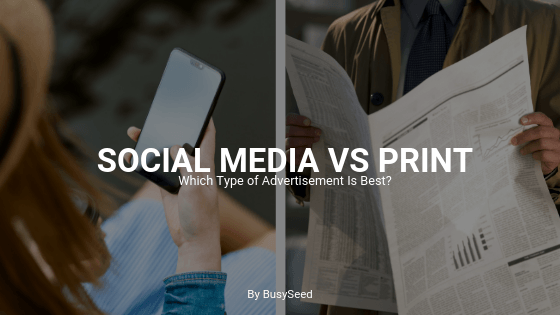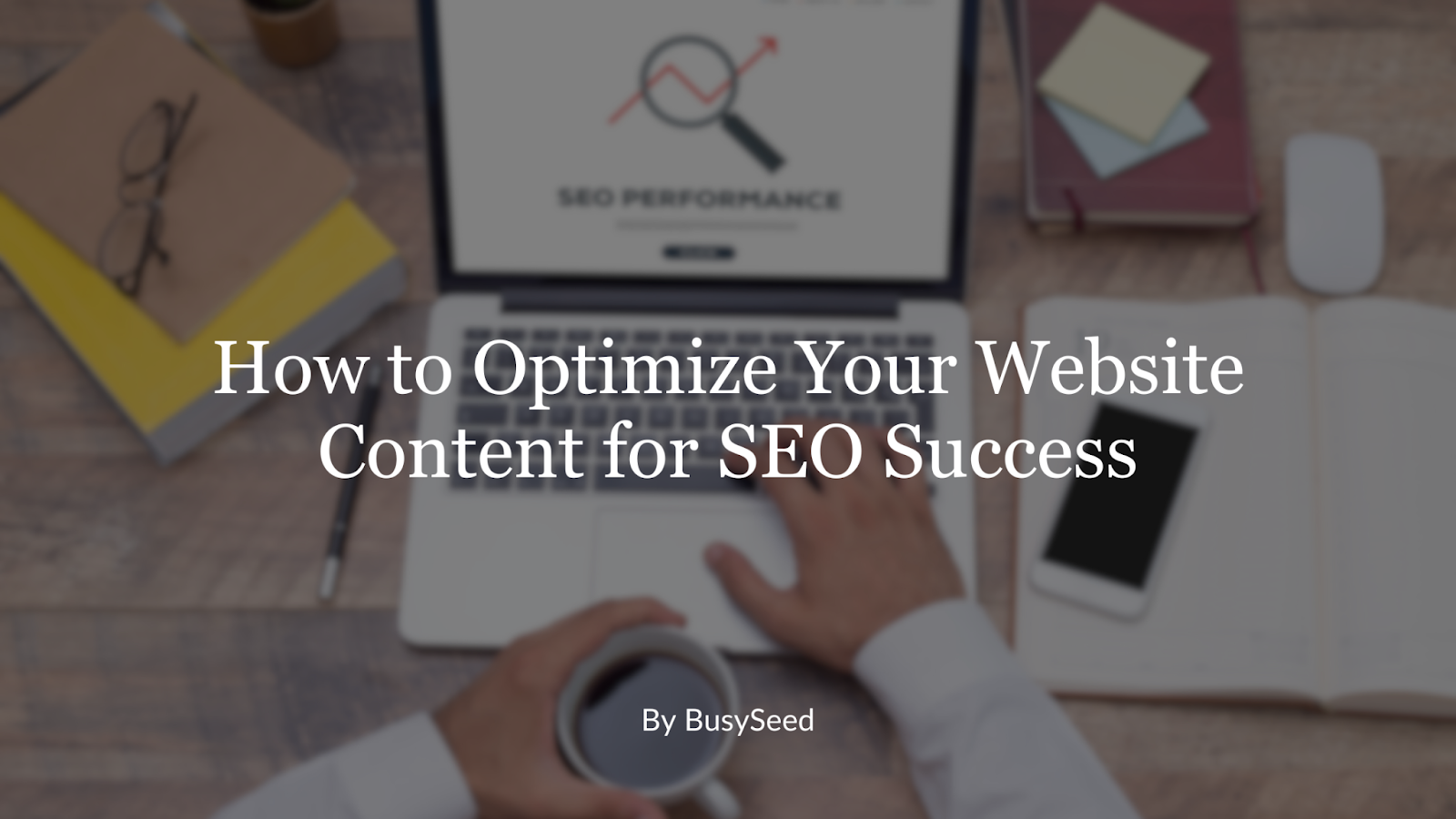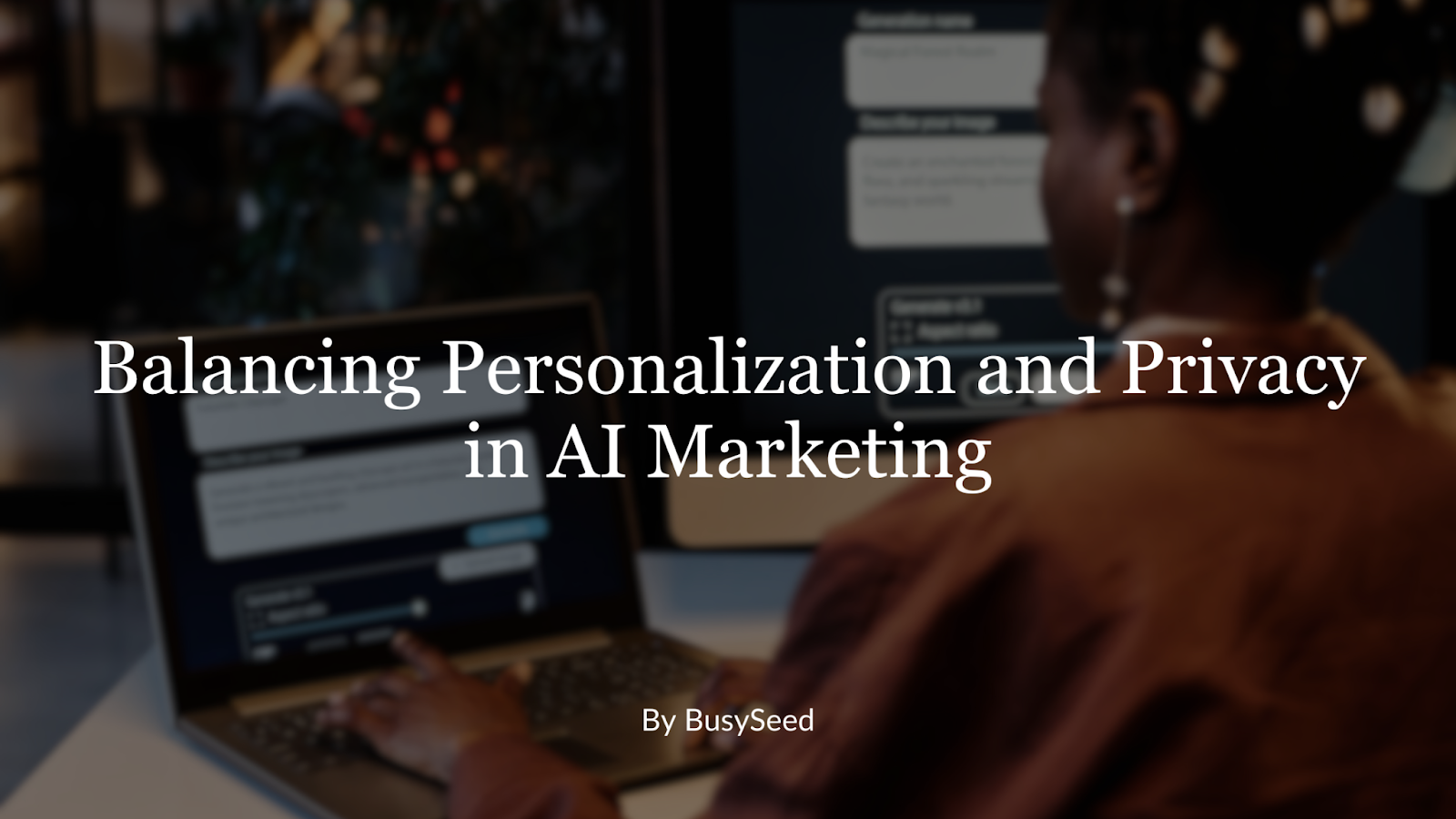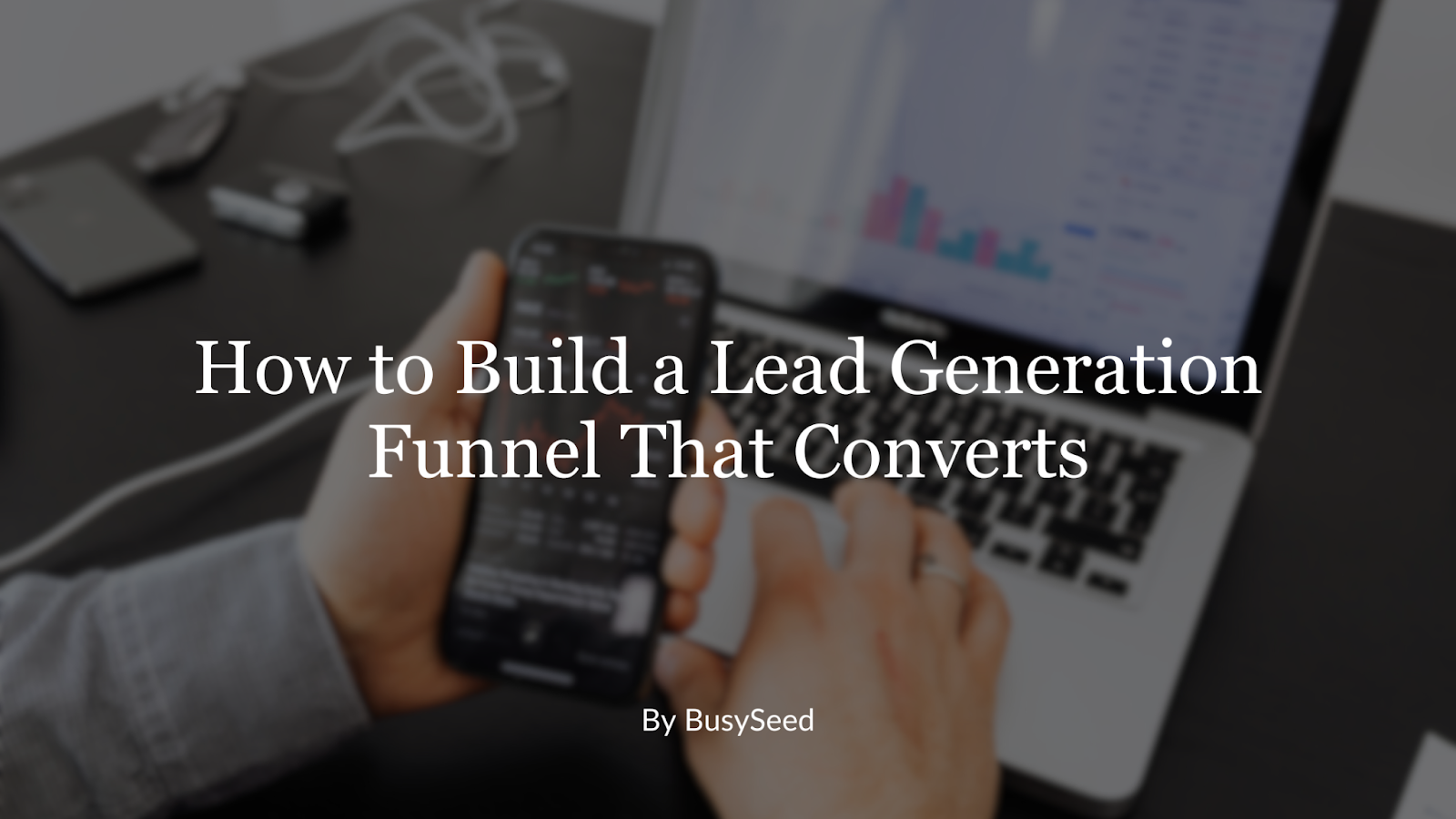Too long, didn't read?
Not to worry! We can sit down together and explain our findings and the contents of this blog in detail. This discussion will include insights from " ". Schedule some time on the right with our CEO.
Print Advertising vs. Social Media Advertising
There has been an ever-growing debate about social media advertising versus print advertising. Is traditional media dead or is it still an important part of the marketing mix?
It should come as no shock that social media ads are swiftly taking over the advertising world. There has been talk for years now that print advertising and traditional media are dying, but is that really the case? What are the benefits of each type of advertising? Can ad managers be successful using just one type or should both be used together? Let’s find out.
Social Media Ads: The Pros.
With users constantly engaged with their phone, it is no surprise that companies are turning to social media platforms to advertise their product or service. What exactly makes these platforms so appealing to ads managers? Firstly, social media ads cost significantly less than print ads, and you can reach the same amount, if not more, people! Facebook Ads and Instagram Ads allow you to set a budget by day or for the lifetime of the ad, and you can cap out how much you are willing to pay per impression or click. This prevents you from overspending, and ensures that you can get your ad out to as many people as your budget will allow. Social media ads also allow for specific targeting. When creating a Facebook ad, you are able to target only those people who have expressed interest in topics related to your business or like pages similar to it. The options to target further ensure a wise use of the money you have, pinpointing the people most likely to care about your product or service.
Another pro is the ability to truly track the performance of your ads in real time and over the course of a campaign. Instagram Ads, Facebook Ads, and Twitter Ads all have analytics that offer insight into how well your audience is being targeted, how many conversions you receive from ads, and what type of ad is performing the best. You are, after all, putting money into running your social media ads. The ability to track how they are doing and how beneficial they have been for you is a big deal. When an ads management team takes a look at your analytics, they then have the option to go in a change the ads to closer meet your performance goals.
Social Media ads are unique ways to reach customers. Unlike traditional media, social media is real-time and constantly moving. With a Facebook Ad or Instagram Ad, you are able to communicate with the customers as they interact with your content. You can create a conversation, give and receive nearly immediate responses, and offer customers the option to join a newsletter, follow a page, or purchase a product right from their phone with one simple click. The convenience aspect can be very important to consumers, and social media ads are a quick way to give it to them.
These days, interaction is key for keeping someone’s attention. Videos and photos used in Facebook Ads, Twitter Ads, and Instagram Ads, all perform better than simple text ads. Social media ads have gotten more clever over the last few years. With platforms offering altered reality filters for photos and videos, a whole new option has opened for ads managers. The more interesting you can make the ads the better because the more someone enjoys the ad experience, the more likely they are to respond to the call to action you have in the ad. Other options like 3D pictures make the consumers feel like they are involved with the ad, and increases the likelihood they will interact with it. Realistically, technology is constantly improving and evolving, so the ability to engage customers will soon be easier than ever.
Social Media Ads: The Cons.
All may seem well and good on the digital ads front, but there are some issues you will likely run into. Firstly, social media is swamped with businesses these days, so you always face the risk of having your ad buried beneath those of competitors. The goal is to be seen, so clearly not being shown is detrimental to achieving your goals. Also, some social media ads, like Twitter Ads are still expensive. While cheaper than printed media, these ads can be costing you a significant amount of money for less-than-satisfactory results.
Another downfall of Social Media ads is the finicky nature of the beast. Social media is extremely popular, but trends are constantly changing. It can be hard for ads managers to keep up and adapt as needed. While the biggest platforms will not be dying any time soon, they constantly change ad policies, and users always want something new, unique, and exciting. It is up to you to make content they want to see, or your ads budget is for nothing.
Print Advertising: The Pros.
Before we crack into the facts and figures, let’s first break down what we mean by traditional media and print advertising. These categories include advertisements written in newspapers, magazines, billboards, direct mail, and catalogues. These traditional channels have been around for generations, but have recently been seeing a decline. Is the shift from print media wise? Not entirely, but kind of.
According to MarketingProfs, 92% of 18 to 23 year-olds think it is easier to read printed material than digital material. In addition, the response rate for direct marketing is 37% higher than the response rate for email campaigns. The same study found that consumers exposed to print ads were 34% more trusting of them compared to the digital counterparts. This trust can be huge, especially when you want to sell a product or service.
Print ads offer a lot of unique options for creative material. You can utilize textures, 3-Dimensional shapes, moving parts, etc. This can make the ad more interactive, and those who see it will likely remember it. I’m sure you can think of a magazine ad that you remember from years ago because it was funny, cool, or interactive. The tangibility of traditional media gives it a unique advantage over social media ads. Outside of magazines, print ads like billboards, bus stop signs, or bus ads themselves can get very creative. The ability to use perspective is a great asset for printed media, as is the ability to extend the ad outside the zones of the paper, billboard, or bus. Check out some of the most creative billboards here: https://bsyl.ink/AwesomeBillboards.
Print Ads: The Cons.
The most glaring con for traditional media is the cost. Along with this comes the reach and ROI. If you want to advertise in a magazine, you are looking at price tags in the hundreds of thousands. Not only is this exorbitantly more expensive than digital advertising, it also is not specifically targeting exactly who you see as a potential customer. You are then spending a lot of money to reach people far outside the realm of your target audience.
Other cons include the decline in viewership, the growing social media trend, and the perceived “out of date-ness” of traditional media. These cons are the reason we hear that print ads are dead. Everything is about the internet these days, and the real-time tracking and laser focused targeting options social media ads offer make it extremely hard for printed media to compete.
Need some help with your social media marketing? Call BusySeed at (888) 353-1484. We are professional social media ads managers and can handle all of your digital marketing needs. Don’t get left behind- start using digital ads today!
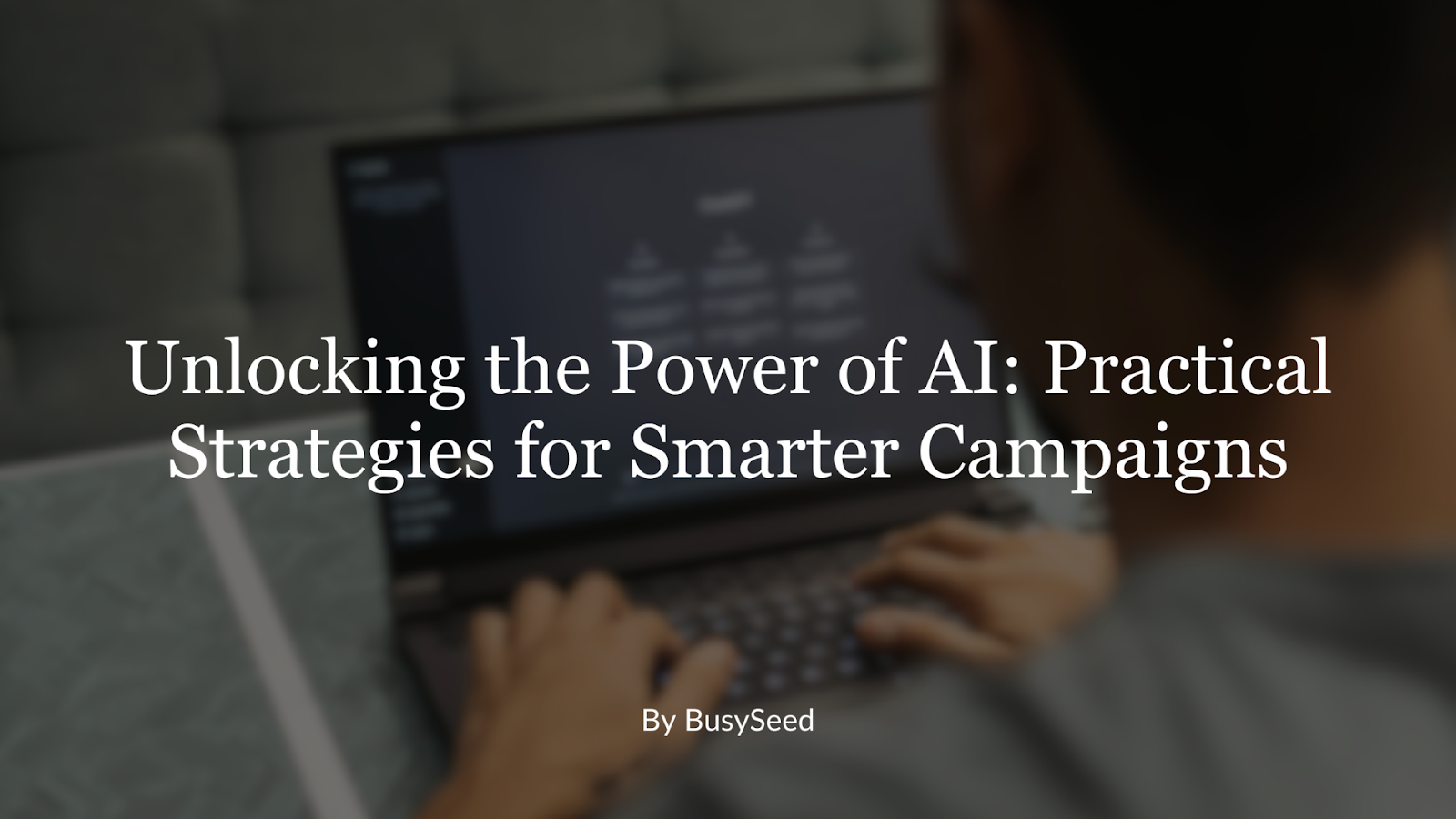

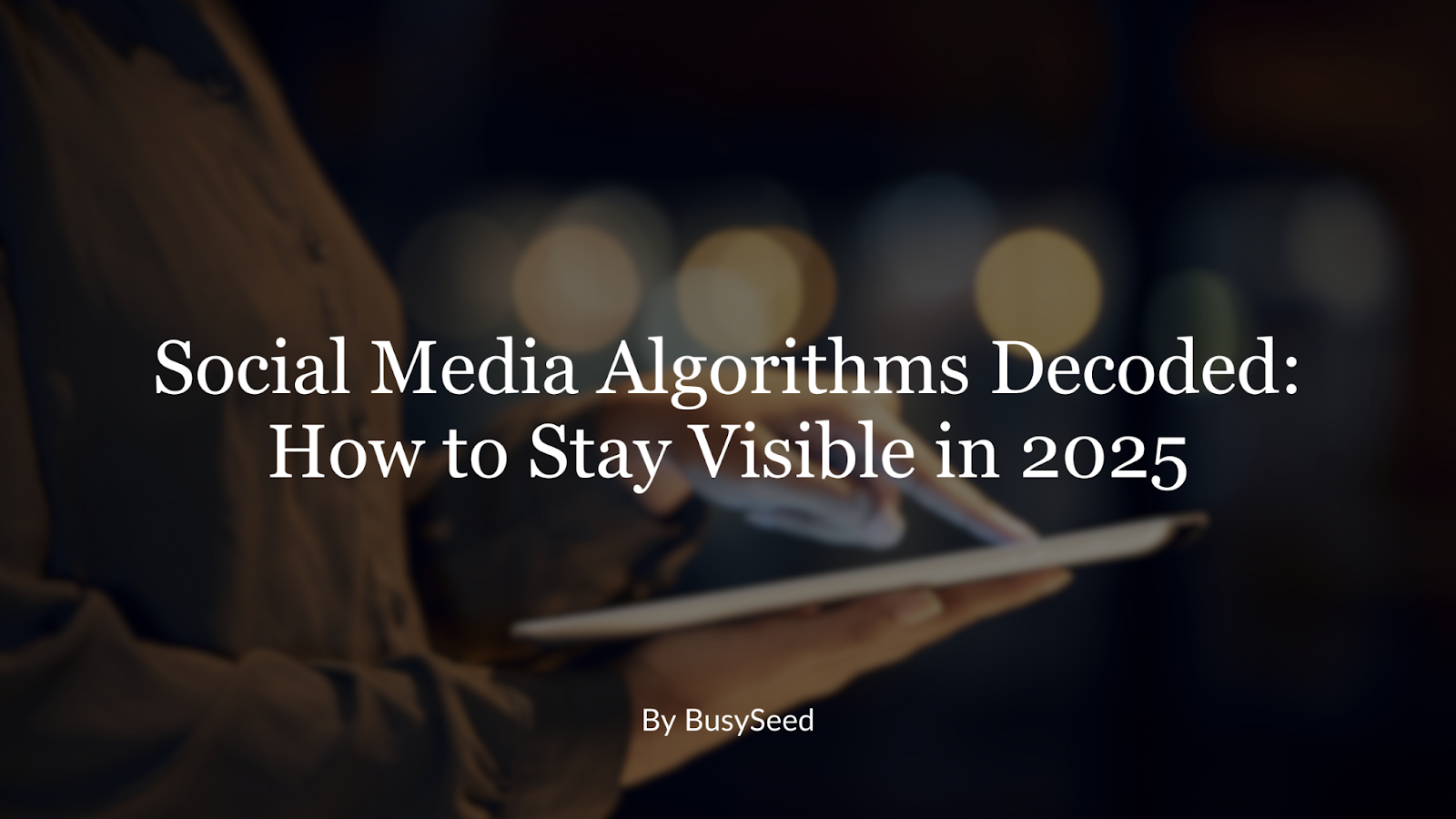
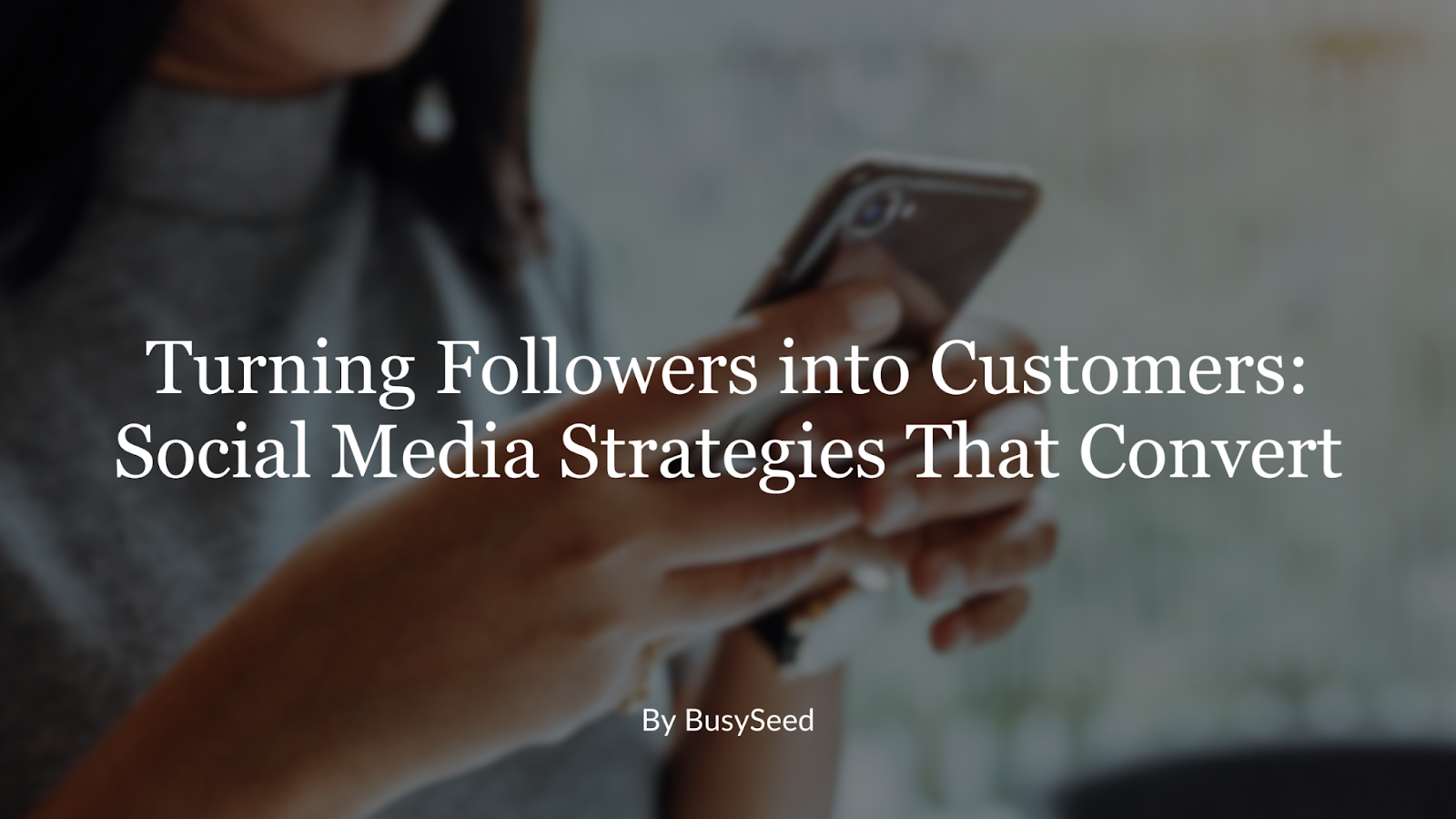
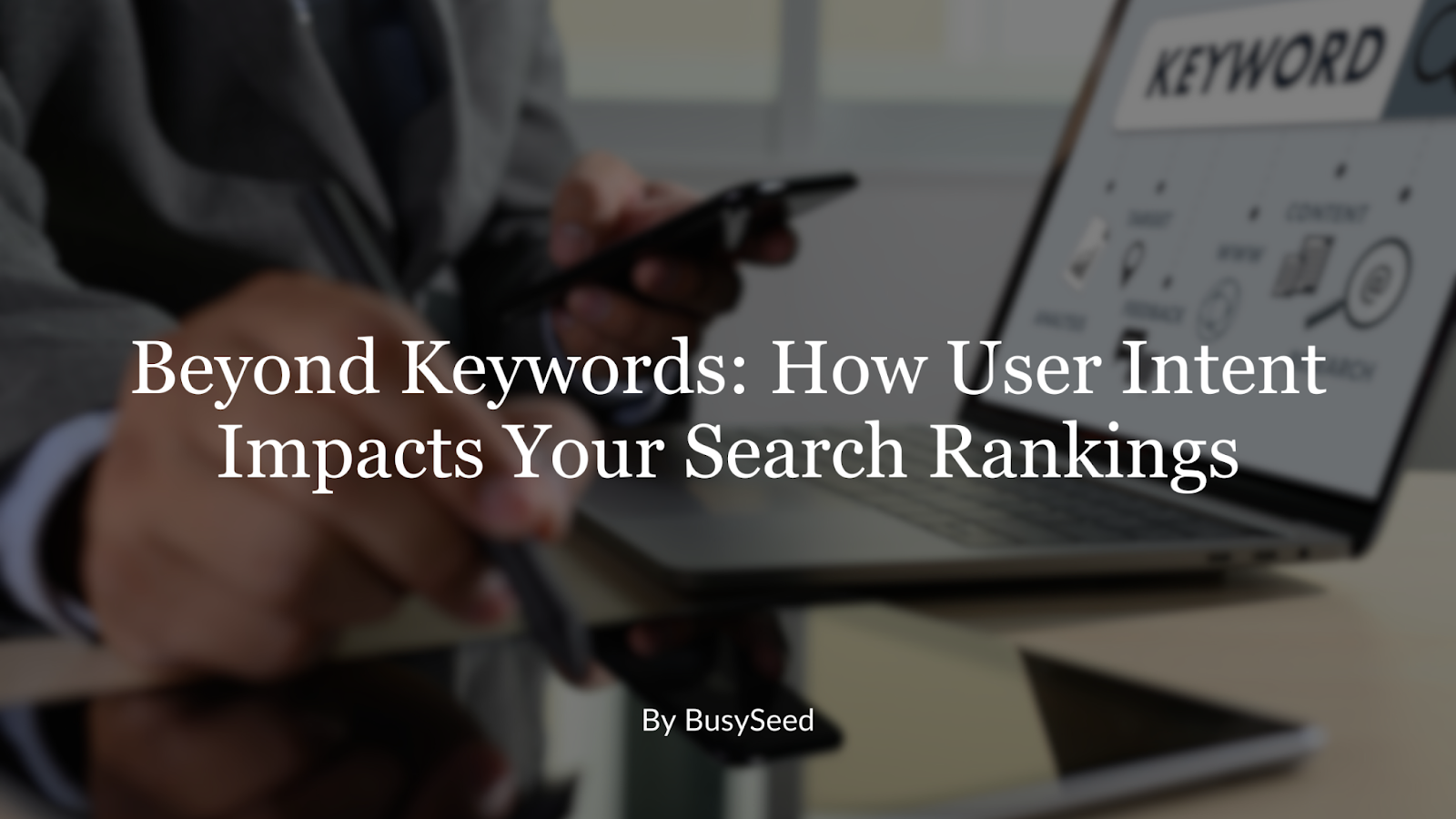
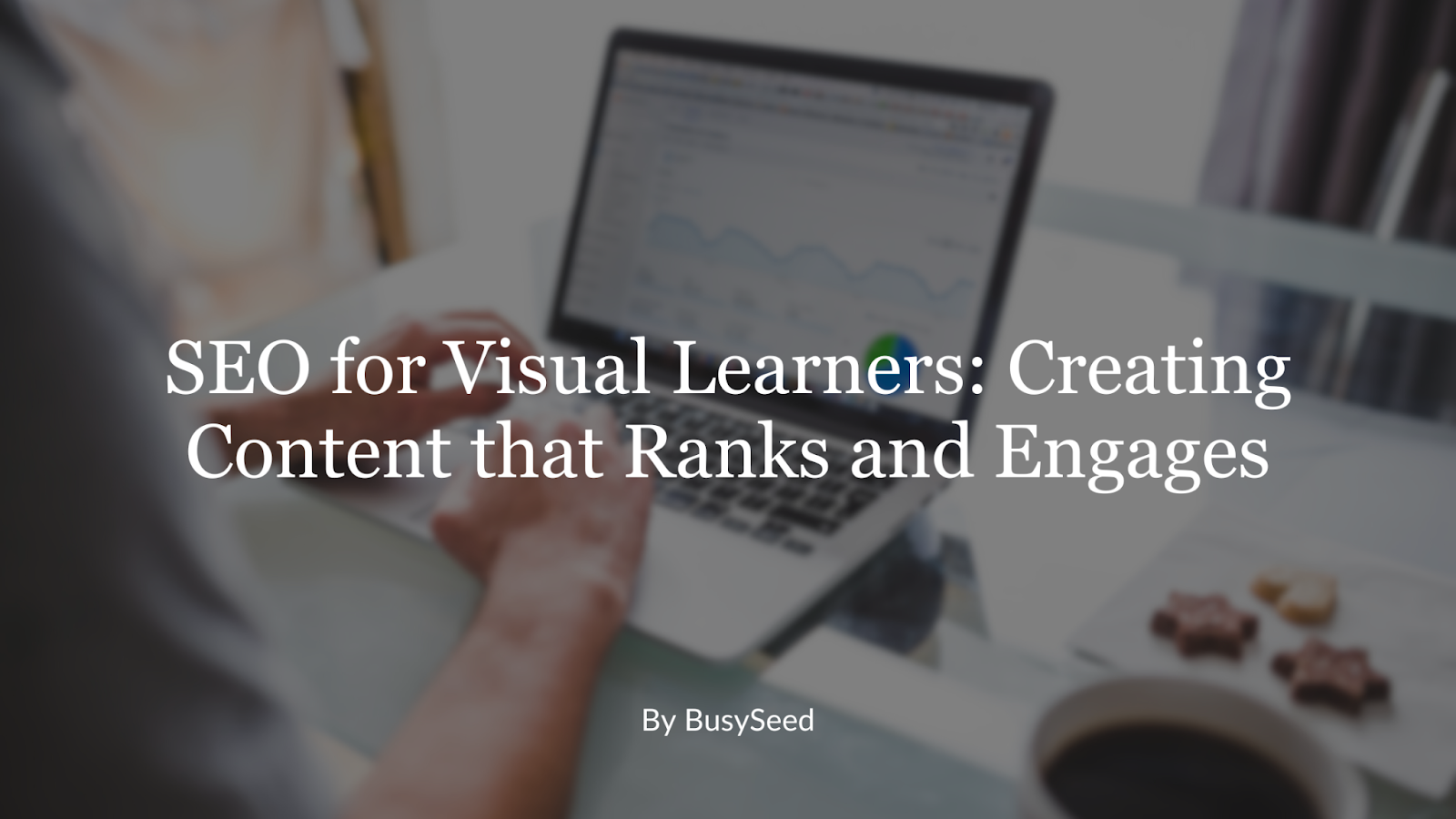

Schedule a free strategy session
With our CEO, Omar Jenblat

Schedule a Call
With our CEO, Omar Jenblat
Schedule a Call
With our CEO, Omar Jenblat
Stay ahead in digital marketing!
Newsletter Signup
We will get back to you as soon as possible.
Please try again later.

